Designated as a world heritage site in 1992, the Angkor Wat temple has been South East Asia’s most fascinating pieces of architecture and it holds world’s most unique religious shrines.
Is Angkor Wat a Hindu or Buddhist temple?
Originally a Hindu temple dedicated to the god Vishnu, the temple transitioned into a Buddhist temple during the 12th century. Since the, it has been not only a place of pilgrimage for followers of Buddha, but also a desirable tourist destination. So esteemed is this structure that it is not only Cambodia’s premier attraction, but also appears in the Cambodian national flag.

In this article, we are going to discuss its fascinating history, importance and lots of useful things you should know before you even step foot into Cambodia.
Angkor Wat means “city temple” or city of temples. Etymologically it comes from the Khmer language, a language that is spoken by 97 percent of the Cambodian population. In the Hindu period before the temple converted to Buddhism, it was called Nagara, which came from the then Indian language Sanskrit.
Angkor Wat is approximately 3.4 miles south of the city Siem Reap. Most go through this popular tourist destination to access the famous shrine as it has been called the “gateway to Angkor.”
Legend has it that the temple was named and created after Prêcha Ket Mealea, who was the son of Idra, a Hindu god, often considered to be the “King Of The Gods”. So deified was Angkor Wat, that in the 13th century the famous Chinese traveler Zhou Daguan believed that a Divine Architect created the temples. Dedicated to the god Vishnu, construction began during the reign of Suryavarman II (1113-1150). After his death and the city/region losing its lands to their enemies, the Cham’s renovation and construction resumed during the reign of Jayavarman the second (1122-1218).
Although Jayavarman II was Buddhist, it was not until the 13th century that the temple converted from Hinduism to the new religion of Buddhism.
What do the five towers of Angkor Wat main temple symbolize?
Architecturally, the Angkor Wat is an imposing structure, intricate and elaborate. The Angkor Wat follows a celestial pattern, which means that it follows the cosmos. Its general east-west design follows the sunrise at the solstice and the morning sun of the Spring equinox.
The temple is a representation of Mount Meru, a five-peaked mountain with significance in Hindu, Jain, and Buddhist cosmetology. This is made obvious by the five towers symbolizing the peaks, its walls mimicking the surrounding mountain ranges and the trenches symbolizing the surrounding ocean.

With its base reliefs and pediments, the Angkor Wat is considered to be conservative in its architecture. Stylistically, it comes from the Khmer people, the nation’s largest ethnic group.
Angkorian Architecture, as they call it, had been produced by the Khmers from the 8th to 15th centuries. Made of sandstone, Angkor Wat is a testament to the essential religious life played in the ancient empire.
Secular buildings made of wood perished long ago, but most of the country’s old religious structures stayed in place and this is predominantly due to the amounts of sandstone, brick, and laterite put into it, which has survived the test of time.
Also Read About the Unexplored Places in India
One of the first western visitors to this region of the world was the Portuguese friar Antonio De Madalena. So impressed was he with Angkor Wat that he concluded that it “is of such extraordinary construction that it is not possible to describe it with a pen.”
What we know about the Angkor Wat is due to the French and their extensive study of the temple. One of the pioneers who opened it up to the west was the French naturalist and explorer, Henri Mouhot.
Henri Mouhot (1826-1861) was instrumental in preserving the Angkor Wat as the jungle was engulfing the temple over time. His work paved the way for French preservation efforts, which started in 1898 and have persisted until recently. It also opened the way for further colonization of the Cambodian region, and many debate whether the Angkor Wat is a symbol of the rich cultural heritage of the Khmer or the colonial period of the French.
As of today, there has been a worldwide push to preserve the temple as it has been prone to deterioration. Years of neglect, the Vietnam War, and the occasion vandalism and looting, many assumed that the Angkor Wat would not make it.
With the pleading of former president Norodom Sihanouk, Cambodia was able to get assistance from UNESCO, which is the United Nations Educational, Scientific, and Cultural Organization that helps preserve historic sites. Besides historically getting support from France during the colonial area, Cambodia also has received help from the nations of Japan, China, and even Germany.
One project that is currently in progress is the German Aspara Conservation Project. This project has dedicated itself to preserving the devatas and the base-reliefs of the temple. Even structures loss to the fungi and decay have become an issue of the pass. Sasha Constable, an artist from England, tasked with re-sculpting, has been helping the Cambodians restore their ancient structure by recreating exact replicas of ones that have deteriorated.
In 2008 the World Monument Fund pitched in to help restore the religious temple. Since Cambodia is tropical with an abundance of rain, many parts of Angkor Wat saw destruction from efflorescence, which is the migration of salt to a surface of porous material. If not for the World Monument Fund, some of the sculpted surfaces would not have survived. Thankfully, a new roof was installed that should help preserve it.
Since the 1990’s, tourism to the Angkor Wat temple has grown significantly. What once was about 8,000 people visiting the site in 1993, has blossomed to more than 2 million in 2013. Much of the success and attraction of Angkor Wat is primarily due to it being prevalent with Instagramers, photographers, as well as travel bloggers.
What is most significant is that Angkor Wat is not only culturally relevant to the Cambodian people and government, but it also has been financially lucrative as well. Tourism, after the textile industry, is a vital sector of the Cambodian economy as it represents nearly a quarter of their GDP, and they have the Angkor Wat to thank for that.
The millions of visitors who journey to the temple has helped nearby towns tremendously, one being the city of Siem Reap. Since it is so close to a destination that receives millions of visitors, nearly half (50%) of all economic activity in the city of Siem Reap revolves around the tourism industry.

As of 2018, the site has brought 6,201,077 people to the area, up 10 percent from the previous year with most of its visitors coming from China.
If you are planning on visiting this ancient site, it should not be of any high cost to you, especially if you are using American currency and converting that into Cambodian Riels. Since Siem Reap is so close to the Angkor Wat, I strongly suggest booking a hotel in that region as it will be a very short distance to travel.
The most common way to access the city of Siem Reap is by plane, as the location does have a regional airport. Once there, the best way to get around and access the city is by bicycle, motorbike, car, or even walking. One method of transportation that may add more flavor to your trip is the Tuk Tuk, which is a type of carriage that has a carrying capacity of two-four people.
If you want to dine in Siem Reap without breaking the bank, the restaurants I suggest to go to are the L’Annexe French Restaurant and the Curry Walla. However, Neary Khmer may give you a better understanding of the cultural dishes of Cambodia.
There are also great places to grab a drink, such as Sister Srey Cafe and the many bars on Pub Street. Although Pub Street, as they call it, is very bland in the day times, it reaches its peak during the night times as it is the best place in the Siem Reap area to enjoy adult beverages and nightlife.

If you plan to stay in Siem Reap, I strongly suggest booking a hotel. Finding a place to sleep is very easy in this part of the country as you can comfortably accommodate yourself near the region’s airport or throughout the city.
Prices for hotels are affordable as the cheapest ones will range from $5-30 USD, while the more expensive ones will be north of $100 USD.
Touring this area should also be accessible as many tours are available to those who want to see the Angkor Wat temple. In total, there are about 15 ways you can visit the temple, but I believe that the one worth the time and money would be the Angkor Zipline Tour. Tourists have described it as an exhilarating experience with a beautiful view of the jungle.
Angkor Wat is one of the world’s seventh wonders and for a good reason. It has been a significant sign for the Cambodian people of their rich cultural heritage that stems from the time of the Khmer Empire. The Angkor Wat also has been a clear sign of the importance religion plays in everyday life and how connected it is to the human experience.
Booking.com
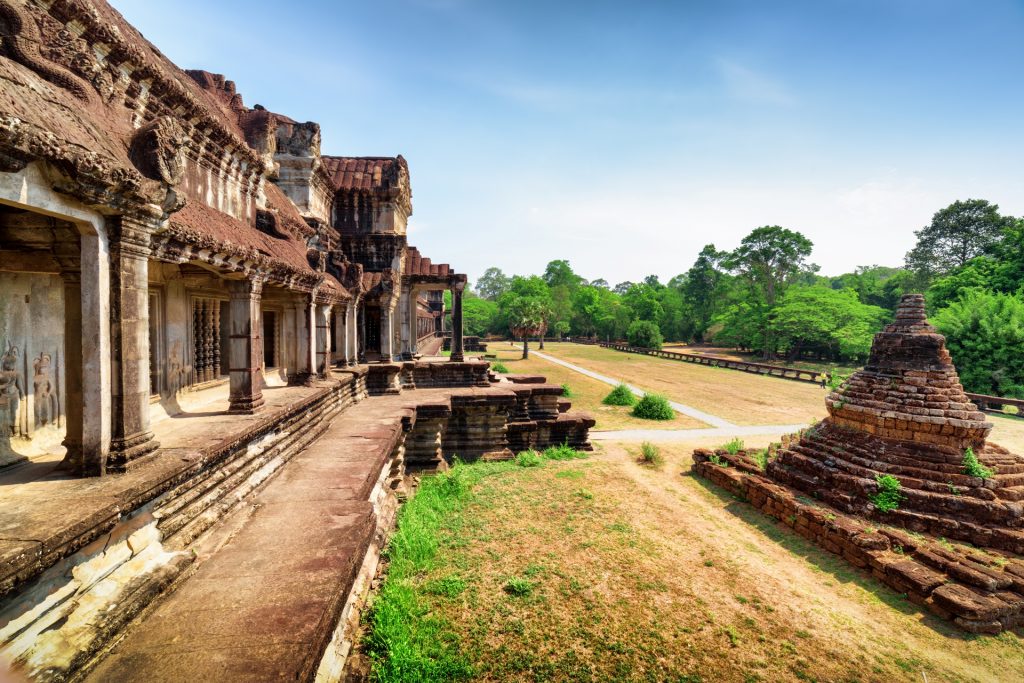
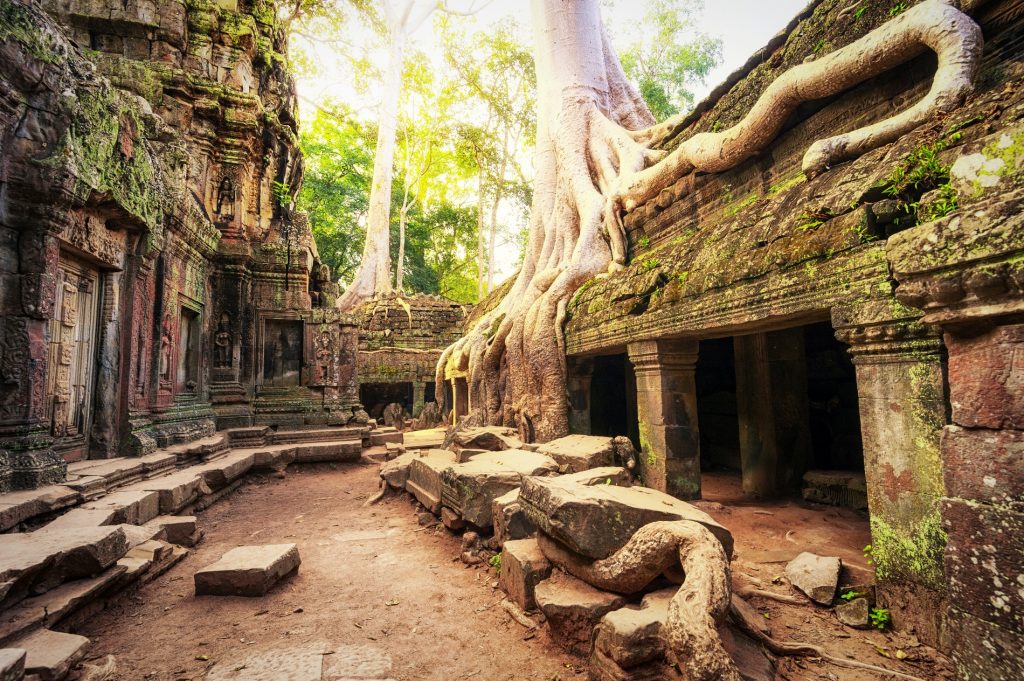

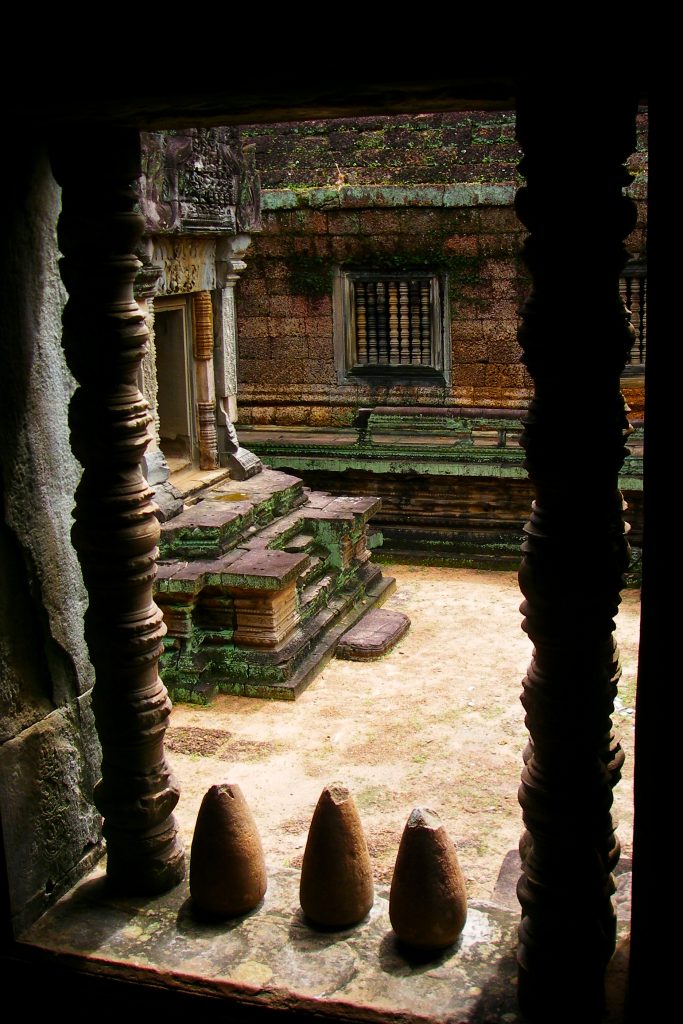
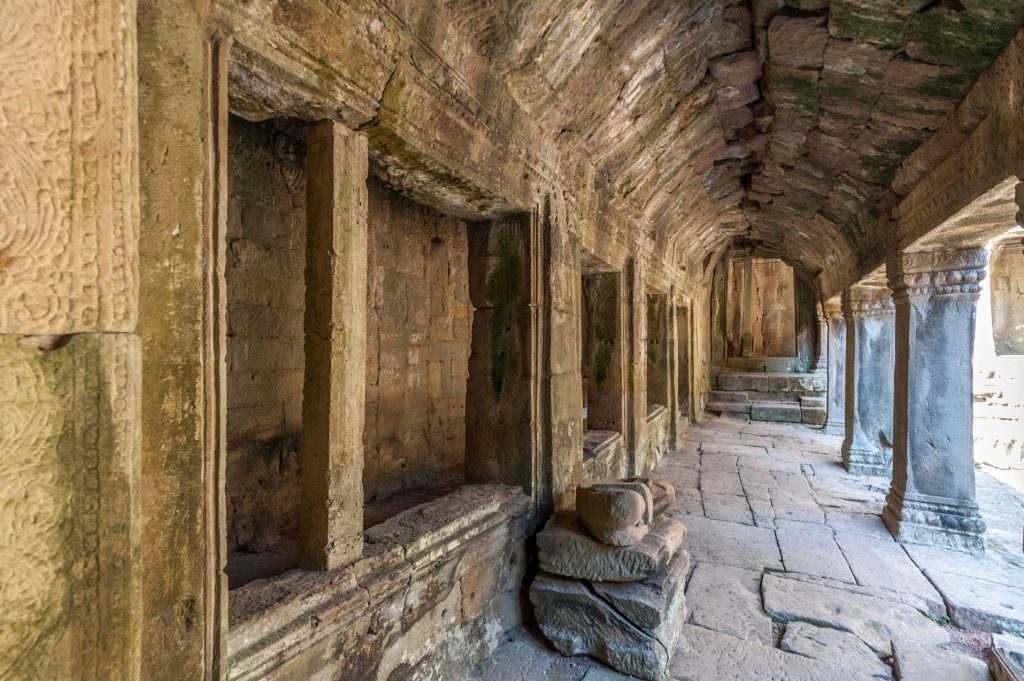
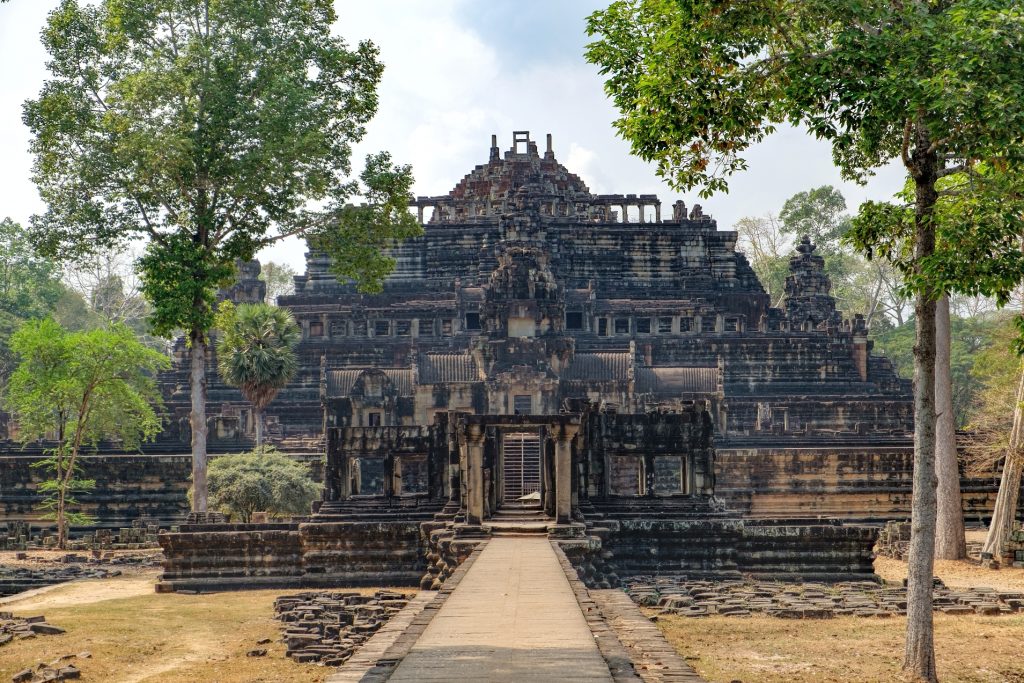



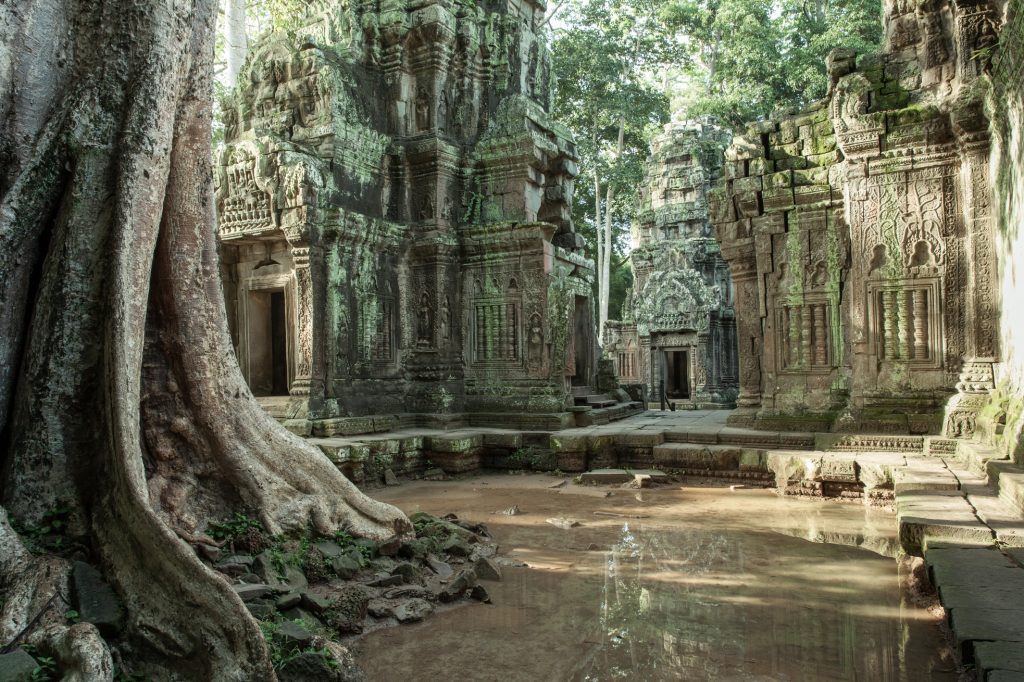




Pingback: A Guide to the Batu Caves - 7 Days Abroad
Pingback: Chiapas Destinations - Top Things to See - 7 Days Abroad
Pingback: Ninh Binh - Vietnam's Hidden Treasure - 7 Days Abroad
Pingback: What is Hanoi Famous For | Top Things To Do - 7 Days Abroad
Pingback: Cheapest Countries to Visit in 2021 - 7 Days Abroad
Pingback: Top Things To Do In Siem Reap | Where to Eat | Hotels - 7 Days Abroad